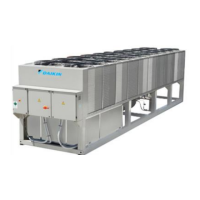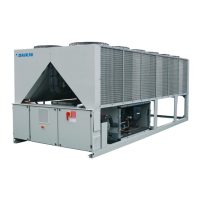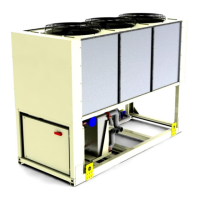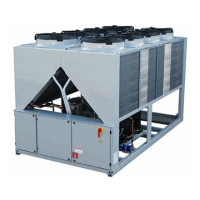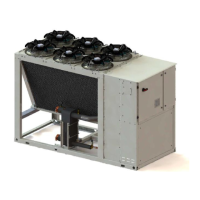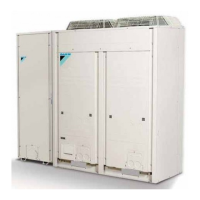Alarms and Events ESIE10-01
3–52 Part 3 – Troubleshooting
3
1
3
4
5
1.6 Alarm Logging
When an alarm occurs, the alarm type, date, and time are stored in the active alarm buffer
corresponding to that alarm (viewed on the Alarm Active screens) also in the alarm history buffer
(viewed on the Alarm Log screens). The active alarm buffers hold a record of all current alarms. The
active alarms can be cleared by pressing the Edit key when the end of the list has been reached by
scrolling.
A separate alarm log stores the last 25 alarms to occur. When an alarm occurs, it is put into the first
slot in the alarm log and all others are moved down one, dropping the last alarm. In the alarm log, the
date and time the alarm occurred are stored, as well as a list of other parameters. These parameters
include unit state, OAT, LWT, and EWT for all alarms. If the alarm is a circuit alarm, then the circuit
state, refrigerant pressures and temperatures, EXV position, compressor load, number of fans on, and
compressor run time are also stored.

